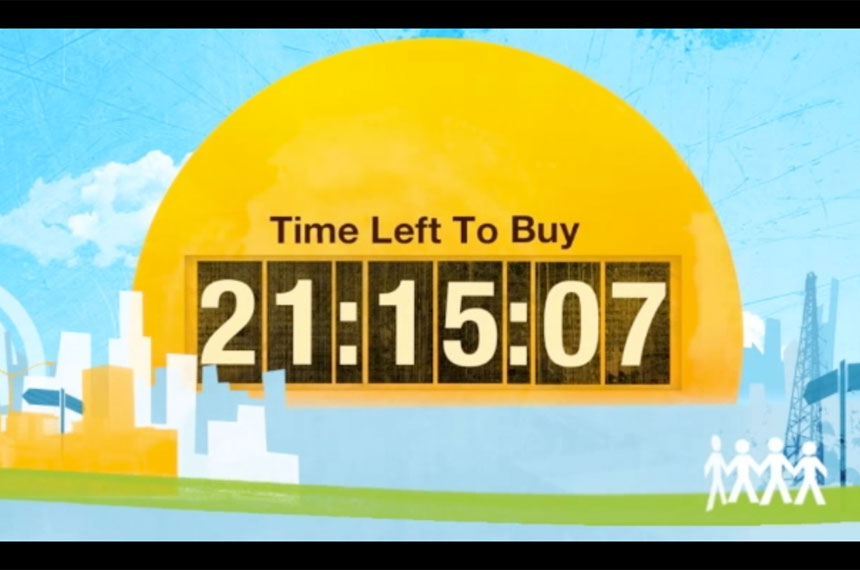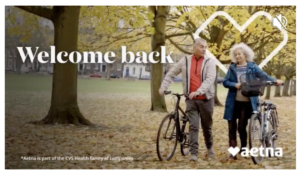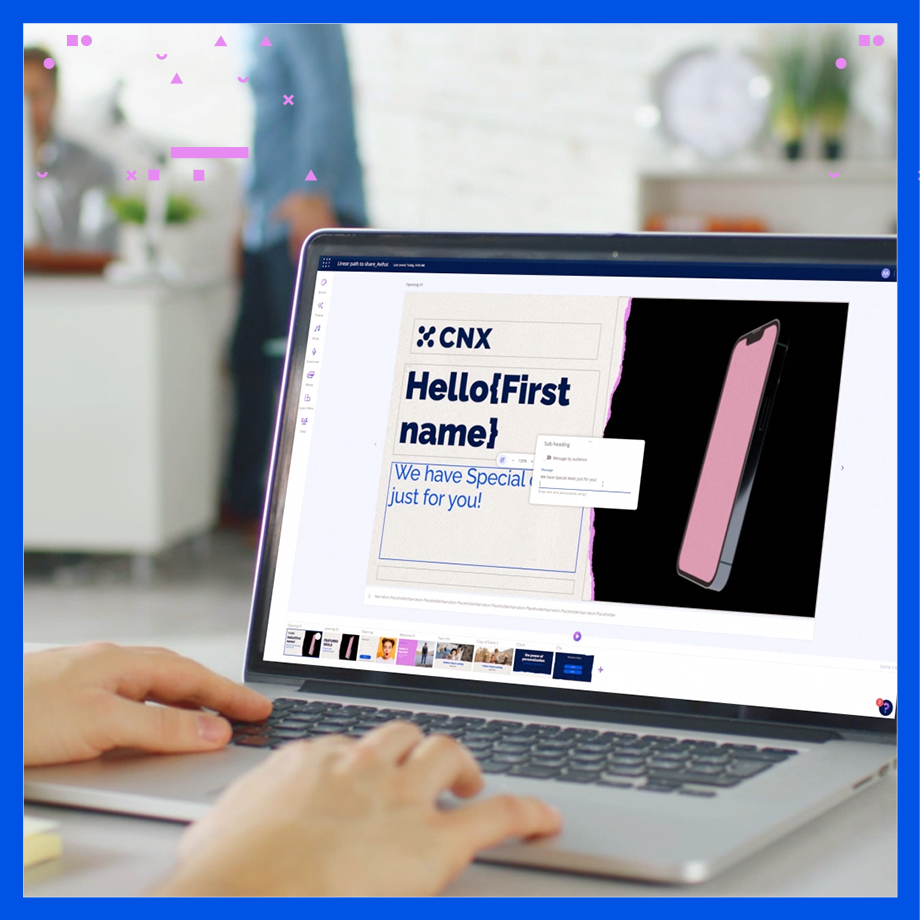Incorporating real-time content into your customer experience strategy is one way to elevate and humanize customer relationships. We often talk about real-time video, but what exactly do we mean by that phrase? If a video is generated in real-time, is that enough to qualify it as such? Technically speaking, yes. But that doesn’t really capture the true essence of real-time video.
Say, for instance, we are creating 150,000 product showcase videos for a large e-commerce site. We can use a batch processing approach by generating all of these videos daily, storing all videos in a content delivery network (CDN), and delivering them to the end consumer as needed. We can also wait for a video to be asked for by the consumer and generate it on the spot (versus pre-generated). Would these videos qualify as real-time video? I think not – whether the video is generated on the spot or ahead of time in this example is made by an IT function and an operational decision rather than a video content requirement. Therefore I wouldn’t count this example as one of real-time video.
To truly qualify as real-time, the video should include real-time content that is either “fresh” or cannot be constructed or calculated ahead of time. Let’s look at a few examples to understand the differences better:
YES, Real-Time Video: If a video includes one narration at the opening scene on the first view, but a different narration at the same opening scene on the second view. For instance, the second viewing could open with “Welcome Back.” Here we need to get real-time information (such as from a cookie) to decide which narration to use. This is, therefore, a real-time video.
NOT Real-Time Video: If a video describes monthly loyalty plan points, monthly bill statements, etc. Here the video includes a consumer’s specific data and is truly personalized, but it is not a real-time video. There is no content-related need to generate the videos in real-time, as all the data is available before the actual view takes place. Note that the videos would most likely be generated on the spot in this case, but this is due to operational reasons. Instead of generating many millions of videos for all subscribers, only the videos being asked are generated. But again, there is no real-time content requirement, so the video does not truly qualify real-time.

YES, Real-Time Video: A video similar to the one above, for a monthly bill, but now this video includes information about your current payment due (see video bill example at right). Here the video must talk about the current payment due. For example, if the consumer pays the balance online, then immediately watches the video, it should have a different narration such as “thank you for your recent payment.” This is real-time content.
YES, Real-Time Video: A product showcase video for an e-commerce site where the prices are very dynamic and change multiple times during the day (e.g., eBay, Amazon) at various hours, according to supply and demand, to competition prices, to stock levels, etc. Here you cannot realistically generate the videos ahead of time, as you’d be chasing the prices throughout the day. The price is, therefore, real-time content.

NOT Real-Time Video: An email confirmation video that describes your recent purchase and suggests relevant additional items is not a real-time video because this video would be the same today and tomorrow.
However…
YES, Real-Time Video: If the suggested, relevant additional items change over time according to the consumer’s browsing history, then that real-time data creates a real-time video. For instance, in the Staples example below, the customer has purchased printer paper and is then retargeted by a video ad recommending additional related items.
You get the picture: if I watch a video twice, two minutes apart, and I potentially get two different videos – this would be a real-time video. Otherwise, it’s not.
Now that we understand what real-time video means, we should consider why we need to incorporate such real-time content in videos. The answer to that is rather simple – the more real-time, “fresh” content used in videos, the more the end consumer will feel the video “talks to him” and “understands her.” This is key to strengthen and humanize digital customer engagement.









